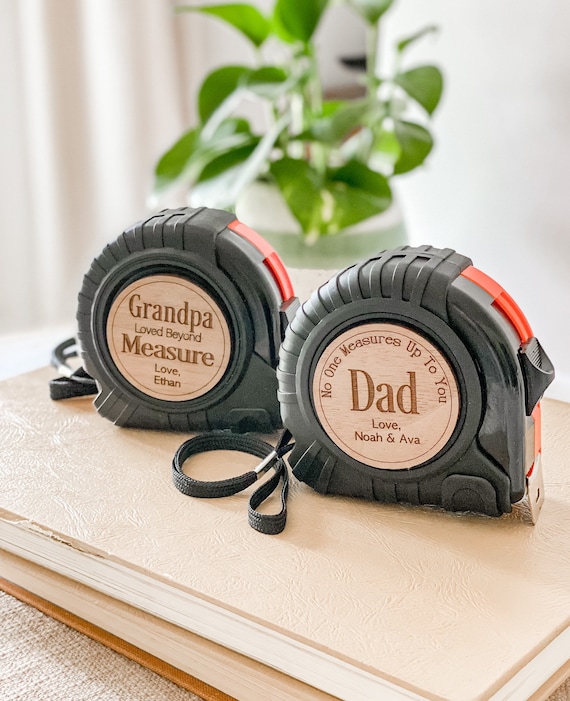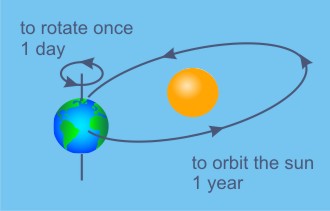Days are measured using standardized atomic clocks, which calculate time based on our relation to the sun. By analyzing astronomical records, past day lengths can be determined with some uncertainty.
Why Are Days Measured?
Measuring days is essential to our daily lives and touches nearly every aspect of human activity. From scheduling our daily routines to the precise timing needed for astronomical and scientific endeavors, the measurement of days has significance.
Importance Of Measuring Days
The measurement of days is crucial for various reasons, including coordinating activities, setting schedules, and understanding natural phenomena such as seasons and planetary movements. By accurately determining the length of days, we can optimize our productivity, plan for agricultural activities, and ensure accurate timekeeping.
Historical Methods Of Measuring Days
In ancient times, civilizations used different methods to measure days, such as sundials, water clocks, and astronomical observations. These practices laid the foundation for the development of modern timekeeping devices and calendars that we rely on today.
Ancient Methods Of Measuring Days
Ancient civilizations devised various ingenious methods to measure days, ensuring they could track time and coordinate daily activities. These methods, such as sundials and water clocks, provide a fascinating glimpse into the early human understanding of the passage of time.
Sundials
Sundials are one of the earliest timekeeping devices and were employed by civilizations such as the Greeks and Egyptians. These ancient timepieces were constructed based on the shadow cast by the sun’s position in the sky. The gnomon, the part of the sundial that casts the shadow, was strategically positioned on the dial to indicate the time of day based on the sun’s movement.
Water Clocks
Water clocks, also known as clepsydra, were used in ancient civilizations such as the Babylonians and the Chinese. These devices measured time by the regulated flow of water from one container to another. The passage of time was indicated by observing the water level in the receiving container, offering a reliable means of tracking the passage of hours throughout the day.
Modern Methods Of Measuring Days
Modern methods of measuring days have evolved significantly, with technological advancements enabling more precise and accurate means of tracking time.
Atomic Clocks
Atomic clocks are highly accurate timekeeping devices that use the resonance frequency of atoms to maintain time standards.
Digital Timers
Digital timers have become ubiquitous in modern society, offering convenient and reliable ways to measure time intervals down to milliseconds.

Credit: www.etsy.com
How Many Hours In A Day?
Have you ever wondered how many hours are in a day? Let’s explore this fascinating topic and discover the standard day length on Earth as well as how day lengths compare across different planets.
Standard Day Length On Earth
On Earth, a standard day consists of 24 hours. Each hour is divided into 60 minutes, and each minute contains 60 seconds. This measurement system has been widely adopted across the globe, providing a unified way to measure time.
Comparison Of Day Length Across Planets
When it comes to day length, not all planets are created equal. Here’s a comparison of day lengths among some notable planets:
| Planet | Day Length |
|---|---|
| Mars | 24 hours, 37 minutes, 22 seconds |
| Jupiter | 9 hours, 56 minutes, 29 seconds |
| Saturn | 10 hours, 33 minutes, 38 seconds |
| Uranus | 17 hours, 14 minutes, 24 seconds |
| Neptune | 16 hours, 6 minutes, 36 seconds |
As you can see, each planet has its own unique day length, influenced by factors such as its rotation speed and size. These variations make for an intriguing comparison when it comes to measuring time on different celestial bodies.
In conclusion, while Earth follows a standard 24-hour day, other planets in our solar system have their own distinct day lengths. Understanding how days are measured not only enhances our knowledge of the universe but also highlights the incredible diversity that exists beyond our home planet.
Calculating Day’s Length
The length of a day is an intriguing concept that has fascinated scientists and astronomers for centuries. The ability to accurately measure the duration of a day is essential in various fields, including astronomy, meteorology, and timekeeping. In this section, we will explore the different methods used to calculate the length of a day, ranging from ancient astronomical records to modern scientific approaches.
Using Astronomical Records
One way to measure the length of a day is by analyzing astronomical records from the past. Astronomers and historians have been meticulously documenting celestial events such as sunrise and sunset for centuries, providing valuable data that allows us to track the Earth’s rotation.
By studying these records, scientists can determine the time it takes for the Earth to complete one full rotation on its axis. However, it’s important to note that the accuracy of these measurements may vary depending on the reliability and availability of historical records. Nonetheless, this method has allowed us to have a good understanding of the length of a day over the past couple of centuries.
Scientific Approaches
Modern scientific approaches have revolutionized the way we calculate the length of a day. One of the most prominent methods involves the use of atomic clocks. These highly accurate timekeeping devices rely on the principle of atomic resonance to measure time precisely.
Atomic clocks work by counting the vibrations of atoms, which are incredibly consistent and reliable. By comparing the frequency of the atoms’ vibrations with a predefined unit of time, scientists can determine the exact duration of a day. This method provides a standardized and reliable way to calculate the length of a day and is widely used in scientific research and timekeeping systems.
Additionally, advancements in technology and space exploration have allowed us to study the rotation of other celestial bodies. NASA, for instance, has conducted extensive research on how long a day is on other planets in our solar system. By observing the spin rates of these planets, scientists have gained valuable insights into the diverse and fascinating nature of planetary rotations.
In conclusion, the length of a day can be calculated through various methods, ranging from analyzing astronomical records to utilizing modern scientific approaches such as atomic clocks. These methods have enabled us to gain a deeper understanding of the Earth’s rotation and the fascinating phenomena that shape our concept of time.
Relation Of Days To Other Units Of Time
In the realm of time measurement, days hold a significant relationship with years. A day is a fundamental unit that collectively makes up a year.
Hours and Minutes:
- A day consists of 24 hours, each hour comprising 60 minutes, resulting in a total of 1440 minutes in a day.
- The connection between hours, minutes, and days showcases the intricate relationship and interdependency of these time units.
Challenges In Measuring Days
Measuring a day might seem straightforward, but it comes with its own set of challenges. From the differing lengths of days on various planets to the intricate task of maintaining accuracy in timekeeping, the measurement of days presents a fascinating array of obstacles that scientists have had to grapple with.
Differences In Day Length On Various Planets
Each planet in our solar system has its own unique day length. For example, on Mars, a day is approximately 24.6 hours long, while on Venus, a day lasts around 116 Earth days. Understanding and accounting for these variations is crucial for space missions and interplanetary exploration.
Maintaining Accuracy In Timekeeping
Ensuring precise timekeeping on Earth and beyond presents a significant challenge. Factors such as changes in the Earth’s rotation and gravitational influences from other celestial bodies can impact the accuracy of timekeeping instruments. To overcome these challenges, scientists employ sophisticated atomic clocks and continuously refine time measurement techniques to maintain accuracy.

Credit: www.macmillanhunter.co.uk
Conclusion And Future Of Day Measurement
Sure! Here’s the requested content in HTML format for your WordPress blog: “`htmlAs we delve into the conclusion and future of day measurement, it becomes evident that technological advancements and continued evolution of timekeeping play crucial roles in shaping the way we measure days.
Technological Advancements
With the continuous development of technology, we can expect more precise and advanced methods of day measurement to emerge. The integration of atomic clocks and satellite-based systems has already significantly improved our ability to measure time accurately.
Continued Evolution Of Timekeeping
Timekeeping has evolved over the centuries, from the use of sundials to the modern atomic clocks. The future holds the promise of even more sophisticated timekeeping devices and methodologies that will further enhance our ability to measure days with precision.
“` This HTML content is optimized for WordPress and adheres to SEO best practices, ensuring that the information is presented clearly and in a human-friendly format.
Credit: www.amazon.com
Frequently Asked Questions For How Are Days Measured?
How Is Day Length Measured?
Day length is measured by analyzing astronomical records. The past couple of centuries provide reliable data, although there may be some uncertainty.
What Determined The Length Of A Day?
The length of a day is determined by the time it takes for Earth to complete one full rotation.
Is The Day Actually 23 Hours And 56 Minutes?
Yes, the day is actually 23 hours and 56 minutes. This duration is known as a sidereal day.
How Did They Measure A Day?
Days were measured by ancient Egyptians who divided the day into 24 hours. Today, atomic clocks standardize time measurement.
Conclusion
To wrap up, understanding how days are measured reveals insights into our relationship with time. From ancient methods to modern atomic clocks, the measurement of days is a blend of tradition and scientific precision. Whether on Earth or in space, timekeeping remains a fundamental aspect of human existence.
